The Pembroke Welsh Corgi is a type of herding dog that is extremely popular around the world. The carpet-, textile-, and tapestry industries in Britain were responsible for the first breeding of the Pembroke as a cattle and sheep herder.
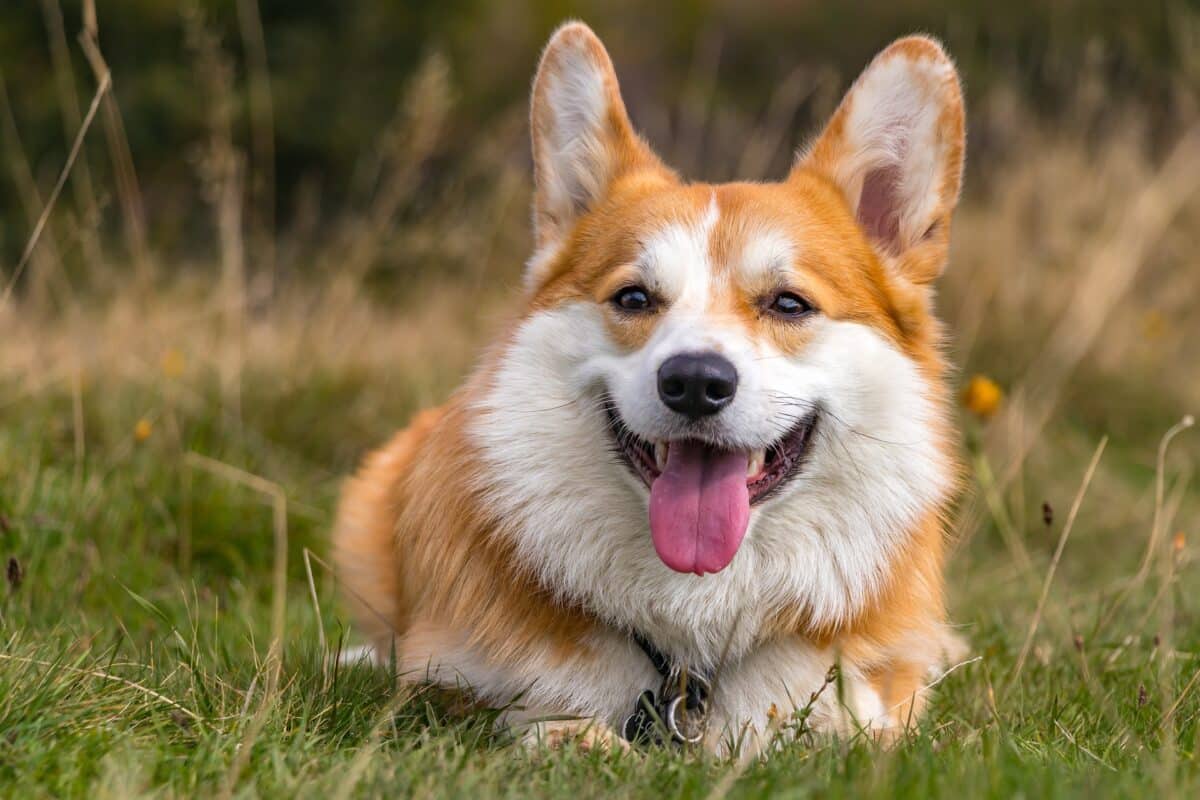
Reportedly, Queen Elizabeth II has owned Pembroke Welsh Corgis ever since she was a child. In 1933, she received her first Pembroke, Dookie.
A medium-sized dog, the Pembroke is short and stocky with a lot of muscle. They can range in height from 10 to 12 inches and average around 30 pounds.
Note that the Pembroke Welsh Corgi and the Cardigan Welsh Corgi are distinct breeds, despite their superficial similarities. You can tell them apart by the shape and size of their ears and the length of their tails.
Quick Facts
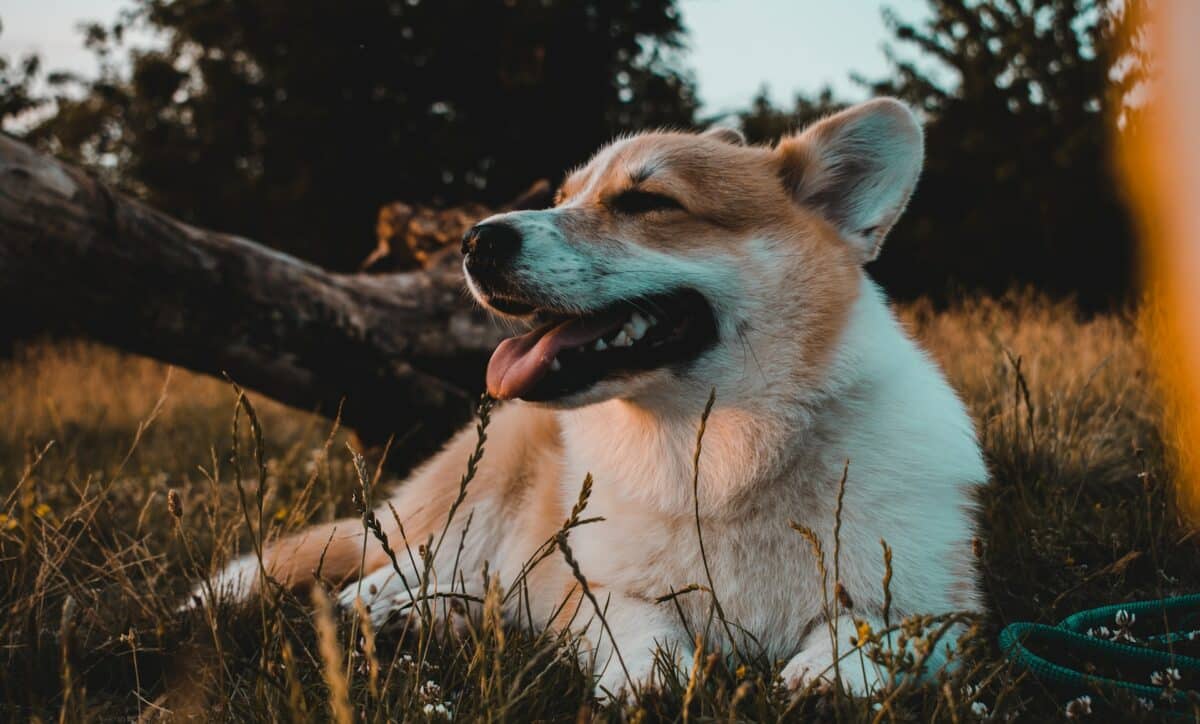
- Origin: Wales
- Weight: 24-28 lbs
- Height: 10-12 inches
- Life span: 11-13 yrs
- Breed Group: Herding
- Shedding: Moderate to High
Appearance
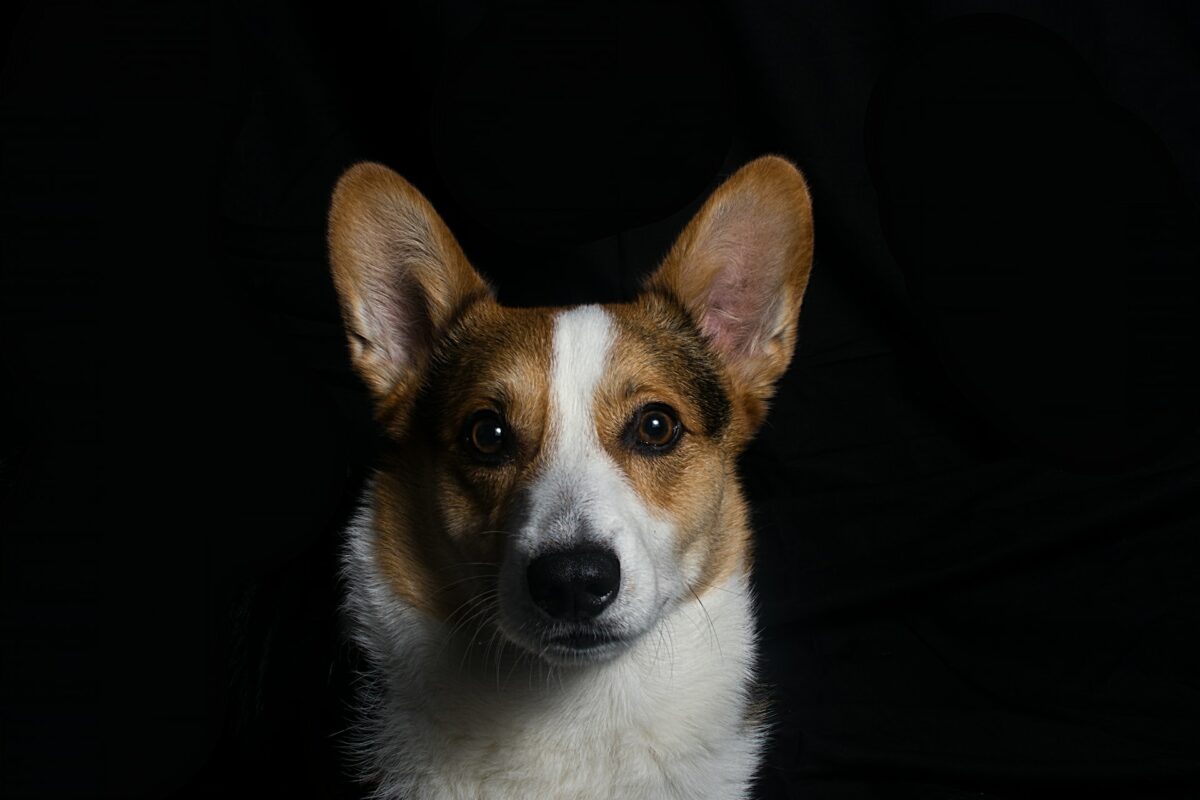
The tiny size, prick ears, and foxy face of Pembroke Welsh corgis make them easily recognizable. Although the tail is frequently docked, puppies are born with naturally curly tails. Besides the apparent tail distinction, the Pembroke is shorter and thicker than the Cardigan Welsh corgi.
Pembroke Welsh corgis are classified as chondrodysplastic dogs with slightly bowed limbs and a propensity for back issues.
Pembroke Welsh corgis grow to a height of 10 to 12 inches (25 to 30 centimeters) and weigh between 23 and 28 pounds (10 to 13 kilograms) as adults.
Around their first birthday is when they reach their full size; however, some continue to grow until they are two or even three years old.
Corgis have double, short, waterproof coats. Rich fawn, red, or black with white markings is all possible color options. The coats of these puppies are longer, softer, and fluffier than usual. Despite these puppies making fantastic pets, their coats are not appreciated in the show ring.
Habitat and Distribution

Being an active breed, Pembroke Welsh corgis thrive in homes with access to yards where they can roam around. Corgis need daily exercise to keep physically and mentally healthy if they live in an apartment; like most breeds, a bored dog might exhibit undesired tendencies.
Although Pembroke Welsh corgis are indoor dogs who enjoy curling up on your bed or sofa just as much as a trek or a long stroll, they have a relatively thick coat that shields them from colder climates.
Diet and Foodchain
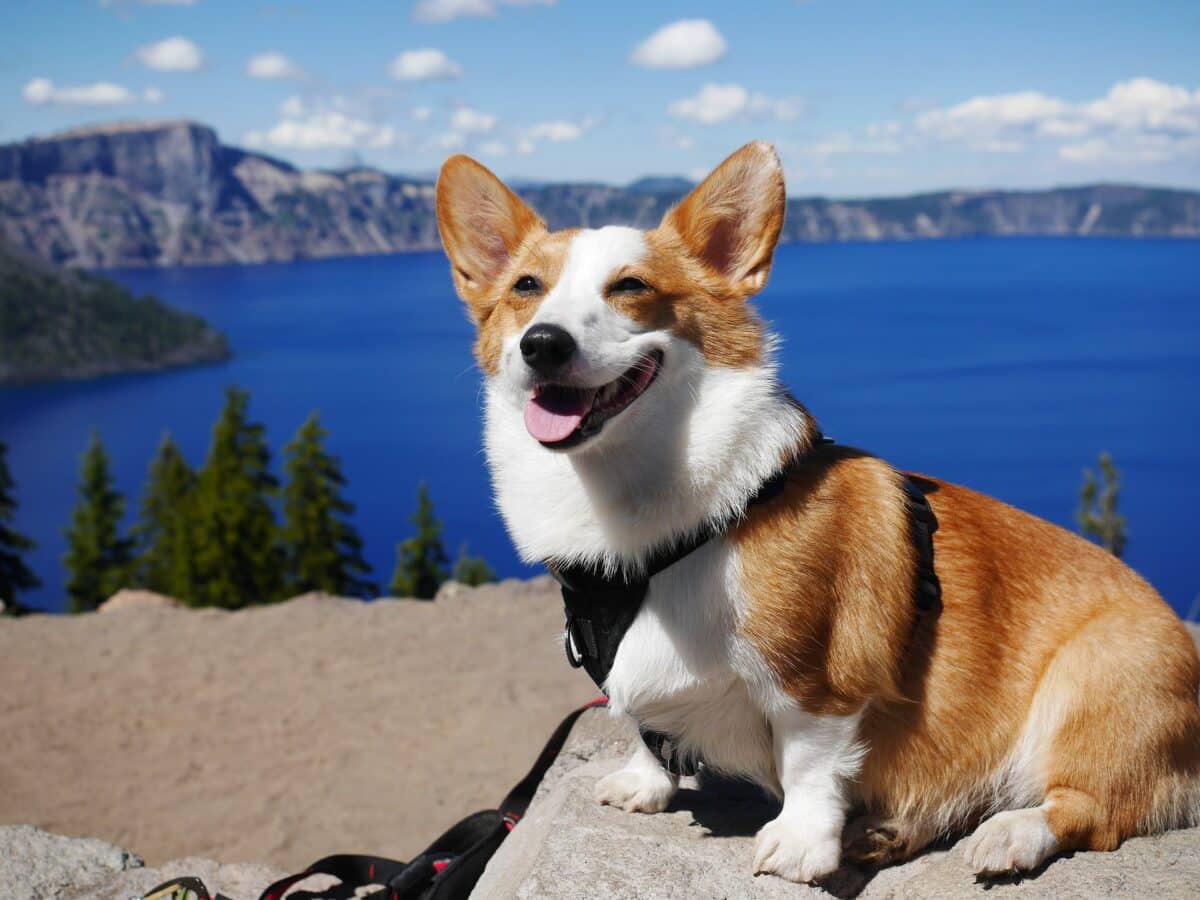
Like all dogs, Pembroke Welsh Corgis benefit from a nutritious diet that is balanced and comprehensive.
Due to their propensity for obesity, Pembrokes should be watched closely to see if their food intake contributes to their weight increase. If so, it is advised to follow a diet low in calories and avoid or limit treats and human food.
Pembrokes do well when their diet is supplemented with fresh foods. Examples include carrots, blueberries, cucumbers, and apples (with the seeds and core peeled, or they might get cyanide poisoning). It’s ideal for dogs like the Pembroke, susceptible to orthopedic problems, to keep a lean and healthy body weight. Among the most suggested dog food brands are Purina, Royal Canin, and Hill’s Science Diet.
Before reaching one year of age, Pembroke Welsh Corgis should be fed a diet designed especially for puppies. Puppy formulas offer extra nutrients to support a dog’s physical and mental growth at this critical period of its life.
Your Pembroke should start eating food meant for adult dogs once they turn a year old. When your dog reaches the age of 7-8, discuss with your veterinarian transitioning to a senior diet to satisfy the needs associated with their older age. These diets for older dogs tend to be leaner and include extra vitamins and minerals, such as glucosamine, for joint health.
Mating and Life Cycle
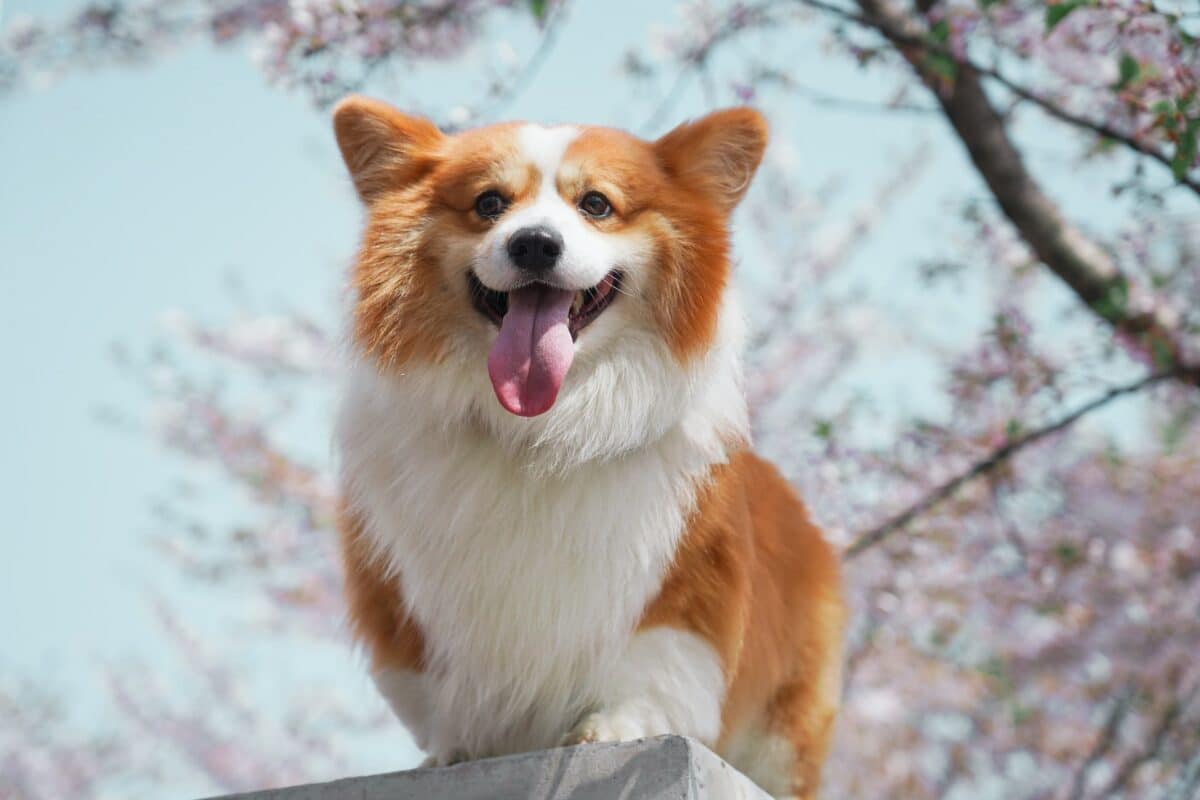
Reproduction can vary from one cycle (or heat) every 18 months (common in larger breeds) to one every four months. Each female has her distinctive recurring pattern during her reproductive years; however, the typical cycle length is around six months.
The typical female bleeds for nine days (during proestrus,) and the following nine days, she’ll stand for mating (estrus). But one in three dogs will deviate from this pattern. Thus, it is not always successful to use the old rule of thumb and mate on days 9 and 11 from day one of bleeding.
Endangerment
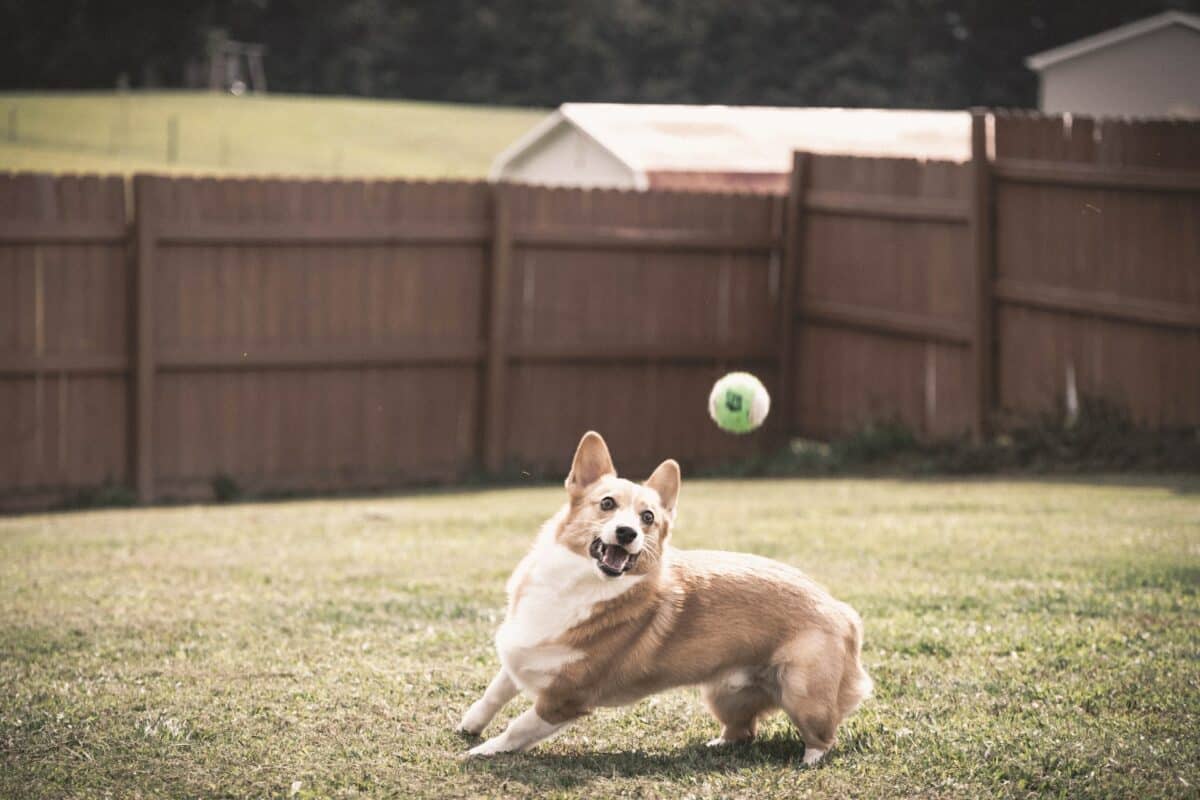
The Pembroke Welsh corgi, the Queen’s favorite dog breed, is in danger of extinction, according to the British Kennel Club breeders’ organization.
At 87 years old, the Queen had personally reared scores of the herding dogs, distinguished by their short legs and yappy voices, which have been a favorite of British royalty since the 1930s.
But the Kennel Club claimed that with just 241 Pembroke Welsh corgis certified in Britain, the species is on its “at watch” list and is due to be categorized as an “endangered native breed.
In the United States, in contrast to the United Kingdom, the Pembroke Welsh Corgi maintains a high level of popularity. Its sunny disposition, ability to get along with others, and versatility have probably all played a part in the breed’s ability to maintain its position as the twenty-fourth most popular in the United States during the previous decade.
Cause of Endangerment
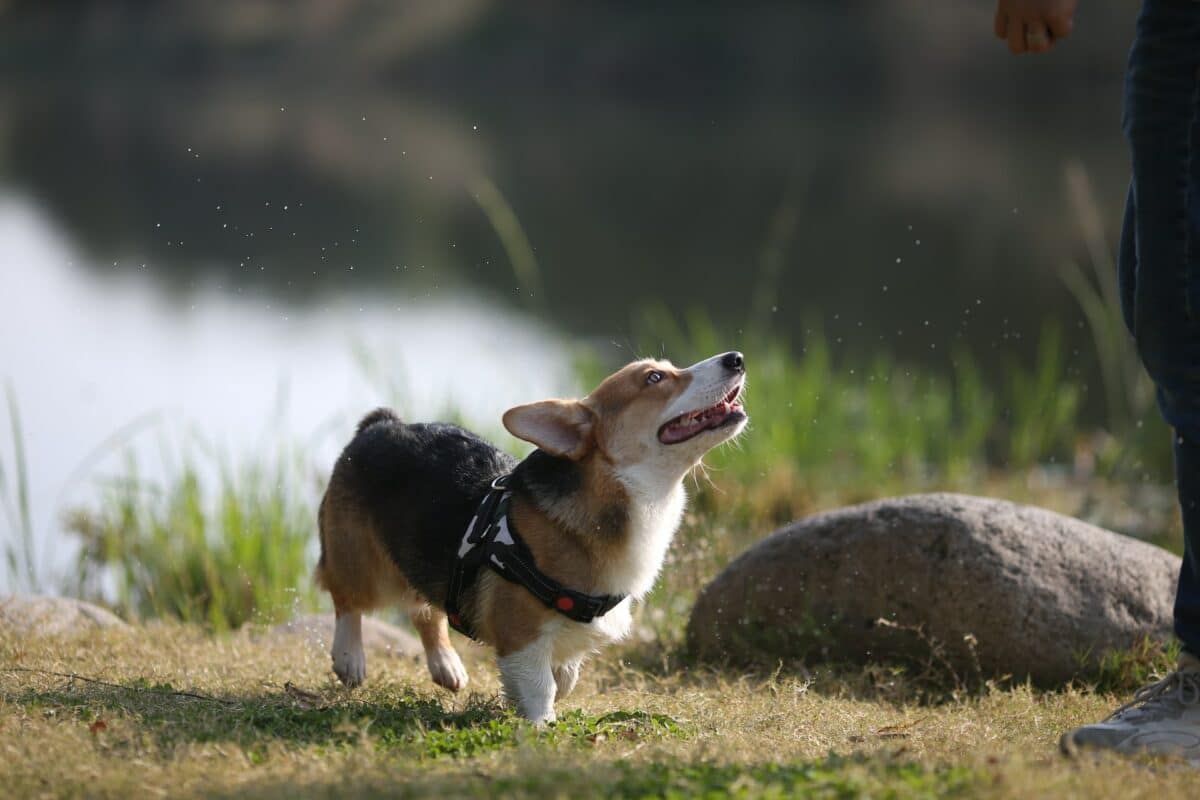
#1 Inbreeding
Breeders have worsened hereditary health problems in Pembroke Welsh Corgi by favoring a narrow range of physical traits for decades. As a result, their population has started to dwindle.
#2 Overbreeding
Because of their high value, Pembroke Welsh Corgi has become overpopulated. As a result, the health and quality of Pembroke Welsh Corgi as a breed has declined.
#3 Insufficient Regulation of Breeding Practices
Increases in sick or genetically unhealthy Pembroke Welsh Corgis can be traced back to the proliferation of puppy mills, prioritizing profit over the dogs’ well-being.
#4 Unsatisfactory Nutrition
When a Pembroke Welsh Corgi’s nutrition isn’t up to par, it can lead to various issues, including issues with the skin and coat, digestion, and more. Because of their heightened vulnerability to disease, the populace may suffer additional consequences.
Ways to Help
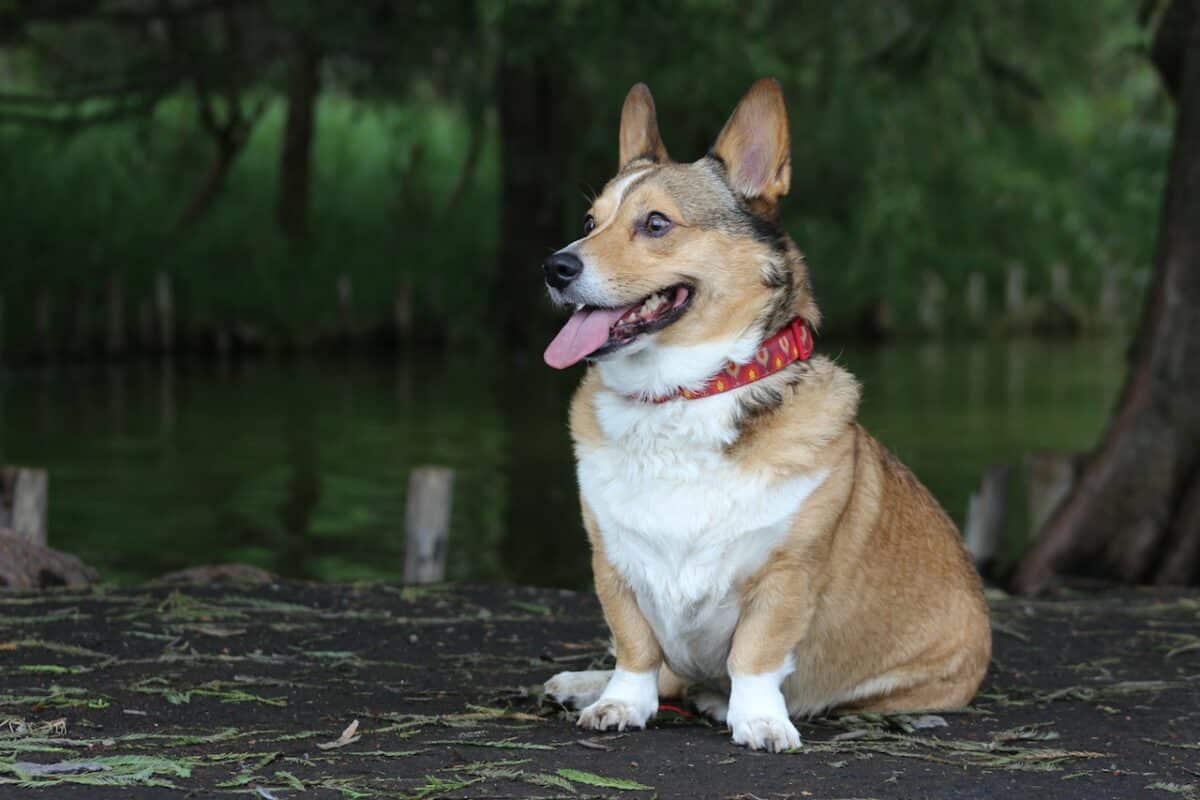
#1 Educating
Inform the public about the plight of Pembroke Welsh Corgis, the dangers they face, and the measures that may be taken to keep them safe. Disseminate this data via your networks and websites.
#2 Donate
Help groups that are fighting for Pembroke Welsh Corgis by donating. Helping animal shelters and environmental organizations can be as simple as making a monetary or material contribution, but if you prefer you can also offer your time as a volunteer.
#3 Advocate
Raise your voice against the cruel treatment of animals and the illegal killing of Pembroke Welsh Corgis.
Fun Facts and Interesting Features About Pembroke Welsh Corgis
#1 Pembroke Welsh Corgi has been around since the 10th century
Many researchers have dated the origins of the Pembroke family back to at least the 10th century. However, it is unclear if they are descendants of the Swedish Vallhunds, who may have been transported to Pembrokeshire by Vikings, or of the forebears of the present-day Schipperkes and Pomeranians that were introduced to Wales by Flemish weavers.
#2 World-class herding dogs
Don’t be fooled by their small stature; these canines have years of experience in herding. Pembroke Welsh Corgis have always played important roles for the Welsh people. They have acted as herding dogs, family pets, and farm protectors.
#3 Can be a good friend
As one of the friendliest little house dogs, the Pembroke Welsh Corgi makes a wonderful addition to any family. They also are noted for their brilliance and zeal for working.
FAQs
Pick a breed that enjoys its own company if you know you’ll be gone for long periods. Greater Swiss Mountain Dogs, Labrador Retrievers, and Corgis are good examples of sociable canine breeds that thrive when left alone.
The Pembroke Welsh Corgi is one of the friendliest of all small house dogs; it is a powerful, athletic, and energetic little herder who is loving and amiable without being needy.
Corgis are susceptible to obesity. An overweight corgi might get joint concerns due to their small legs and long back.
Conclusion

The Pembroke Welsh Corgi is among the oldest dog breeds that originated in England. Originally the breeding of Corgis was aimed at creating the ideal working dog, one that could assist in herding cattle through rough terrain while also serving as a desirable companion.
Thank you for reading this article! If this has put you in the mood to learn more about the numerous dog breeds out there, we’ve got just the right thing for you – read our posts about the Poodle or the Chiweenie.
Join our Forum for free today!



